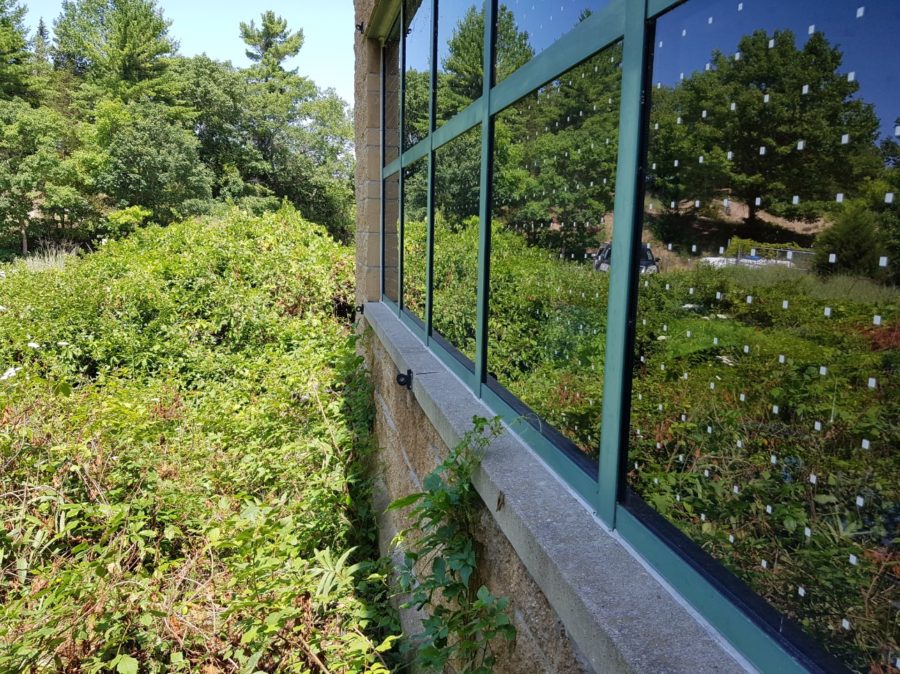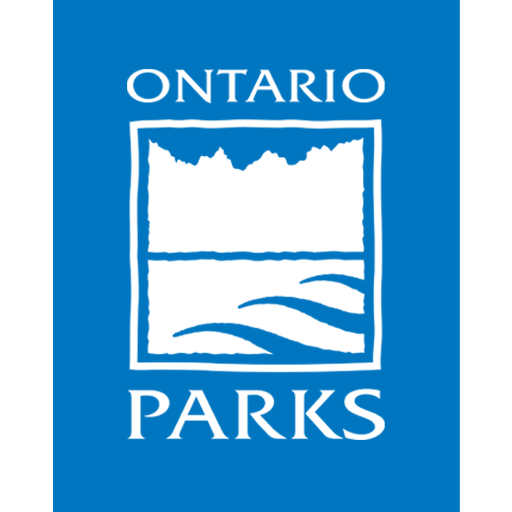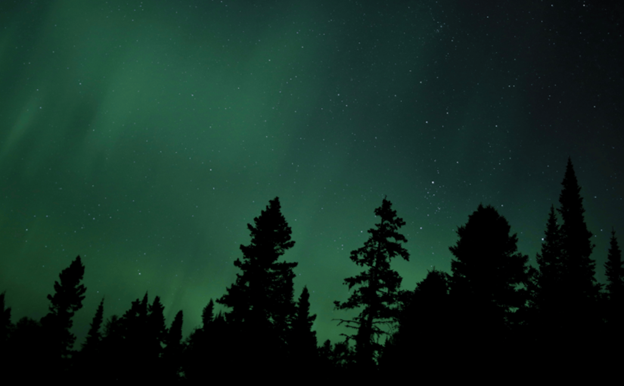Today’s post comes from Tanya Berkers, Resource Management Group Leader at Pinery Provincial Park.
You may be seeing spots the next time you visit Pinery’s Visitor Centre, and hopefully the birds will see them too!
The park has just installed thousands of vinyl dots on the windows to make them visible to our feathered friends.
How do polka-dotted windows help?

In addition to allowing you to see the outdoors, windows are also very effective at reflecting images of trees and sky. Birds don’t see these reflected images as barriers and try to fly through.
Most of us have probably heard the cringe-inducing “ping!” made by an unfortunate bird’s head hitting solid glass. Sometimes, the injured birds are just stunned and need a dark and quiet place to recover. Sadly, though, many birds are killed after hitting a window, resulting in hundreds of thousands of bird deaths in Canada every year.
In fact, birds hitting buildings and other infrastructure is one of the biggest threats to Canada’s birds (although it is probably dwarfed by the number of birds killed by feral and pet cats).
The results

Since the dots were installed, almost no birds have hit Pinery’s Visitor Centre, and we’re hoping to dot-ify more park windows as soon as we can.
What can you do to help?
If you’d like to help the birds in your neighborhood, here are some ideas:
1. Decorate your windows to make them more visible to birds
You can use vinyl decal stripes or dots, as we did, or there are lots of other ideas to be found around the internet.

2. Use blinds or curtains to keep your windows dark at night
Be sure to also turn off unnecessary lights. Just like moths, birds can be attracted to bright lights, and will sometimes hit lit windows.
Light pollution also causes many other problems too, so whenever you can, turn your lights out!
3. Keep your pet cat indoors
If they enjoy being outside, consider buying them a leash and harness, or build them a swanky catio.
4. Plant native plant species
Many birds depend on fruit and seeds produced by native trees and shrubs. Ask your local provincial park or conservation authority what plants will work well in your location, or speak to a native plant nursery or landscaping company.
Spread the word!
Let others know what they can do to help by sharing this blog or simply by talking to a friend or neighbour about what you’ve learned.


